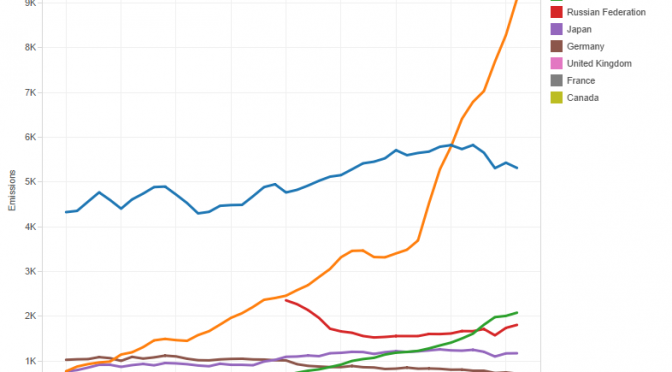When the Obama Administration needed additional funds for the Cash for Clunkers program, Todd Tiahrt was agreeable to funding this wasteful program.
As summarized by the Congressional Research Service: “Makes emergency supplemental appropriations of $2 billion for FY2009 and FY2010 to the National Highway Traffic Safety Administration (NHTSA) of the Department of Transportation (DOT) for the Consumer Assistance to Recycle and Save Program (Cash for Clunkers Program).”
This bill passed the House of Representatives by a vote of 316 to 109. Among House Republicans, the vote was 78 to 95 in favor of passage. Todd Tiahrt was one of the minority of Republicans that voted for Cash for Clunkers.
(When this bill was voted on in the Senate, then-Senator and present Kansas Governor Sam Brownback voted in favor, and Pat Roberts voted against.)

But the Cash for Clunkers program has been widely and roundly criticized. Did it work as advertised? It all depends on the meaning of the word “work,” I suppose. To evaluate the program, we need to look at the marginal activity that was induced by the program. When we do, we find that the cost of moving the additional cars is astonishingly high.
An Edmunds.com article calculated the cost per car for the clunkers program in a different way than the government, and found this:
Nearly 690,000 vehicles were sold during the Cash for Clunkers program, officially known as the Car Allowance Rebate System (CARS), but Edmunds.com analysts indicate that only 125,000 of the sales were incremental. The rest of the sales would have happened anyway. Analysts divided three billion dollars by 125,000 vehicles to arrive at the average $24,000 per vehicle sold. The average transaction price in August was $26,915 minus an average cash rebate of $1,667.
This is just the latest evidence that the clunkers program didn’t really increase the well-being of our country. Writing at the Foundation for Economic Education, Bruce Yandle doubts the glowing assessment of effectiveness of the program:
The doubt arises for at least three reasons. First, the program was supported politically primarily for its much touted environmental benefits. Carbon emissions would be reduced. But the reduction costs are at least ten times higher than alternate ways of removing carbon. Second, there is Bastiat’s parable of the broken window to consider. And third, there is a serious matter of eroding social norms for conserving wealth. A crushed clunker with a frozen engine is lost capital. … The cost per ton of carbon reduced could reach $500 under a set of normal values for critical variables. The cost estimate was $237 per ton under best case conditions. The much celebrated Waxman-Markey cap-and-trade carbon-emission control legislation estimates the cost of reducing a ton of carbon to be $28 when done across U.S. industries. Yes, we are getting carbon-emission reductions by way of clunker reduction, but we are paying a pretty penny for it. … Before touting the total benefits of clunkers, we must take account of the destroyed vehicles and engines that represented part of the wealth of the nation. As Tony Liller, vice president for Goodwill, put it: “They’re crushing these cars, and they’re perfectly good. These are cars the poor need to buy.”
It’s very difficult for the government to intervene in the economy and produce a net positive result. Even if it could, the harmful effects of taking one person’s money and giving it to another so they can get a discount on a new car far outweigh the small economic benefit that might be realized.







 Earlier this week we saw that candidates for Kansas governor have released statements on recent job figures in Kansas. The news releases from
Earlier this week we saw that candidates for Kansas governor have released statements on recent job figures in Kansas. The news releases from 

 In this first episode of WichitaLiberty Podcasts: A Kansas City Star editorial makes a case for higher school spending in Kansas, but is based on a premise that doesn’t exist in fact. There’s a new episode of WichitaLiberty.TV. Eureka! Tea partiers know science. The John J. Ingalls Spirit of Freedom Award. Cronyism and other problems in Wichita. Is the City of Wichita concerned that its contracts contain language that seems to be violated even before the contract is signed? Obama’s debt speech, not really a speech. Episode 1, October 20, 2013.
In this first episode of WichitaLiberty Podcasts: A Kansas City Star editorial makes a case for higher school spending in Kansas, but is based on a premise that doesn’t exist in fact. There’s a new episode of WichitaLiberty.TV. Eureka! Tea partiers know science. The John J. Ingalls Spirit of Freedom Award. Cronyism and other problems in Wichita. Is the City of Wichita concerned that its contracts contain language that seems to be violated even before the contract is signed? Obama’s debt speech, not really a speech. Episode 1, October 20, 2013.


